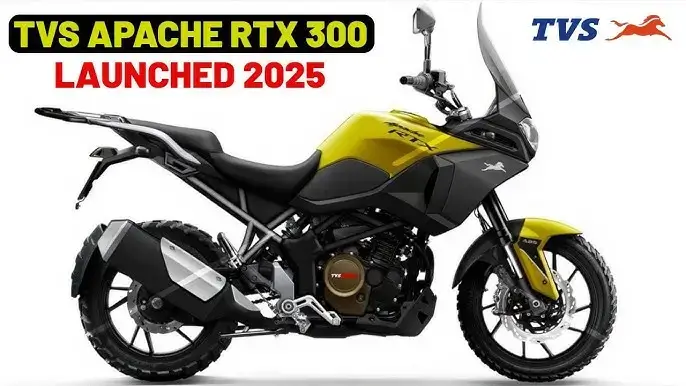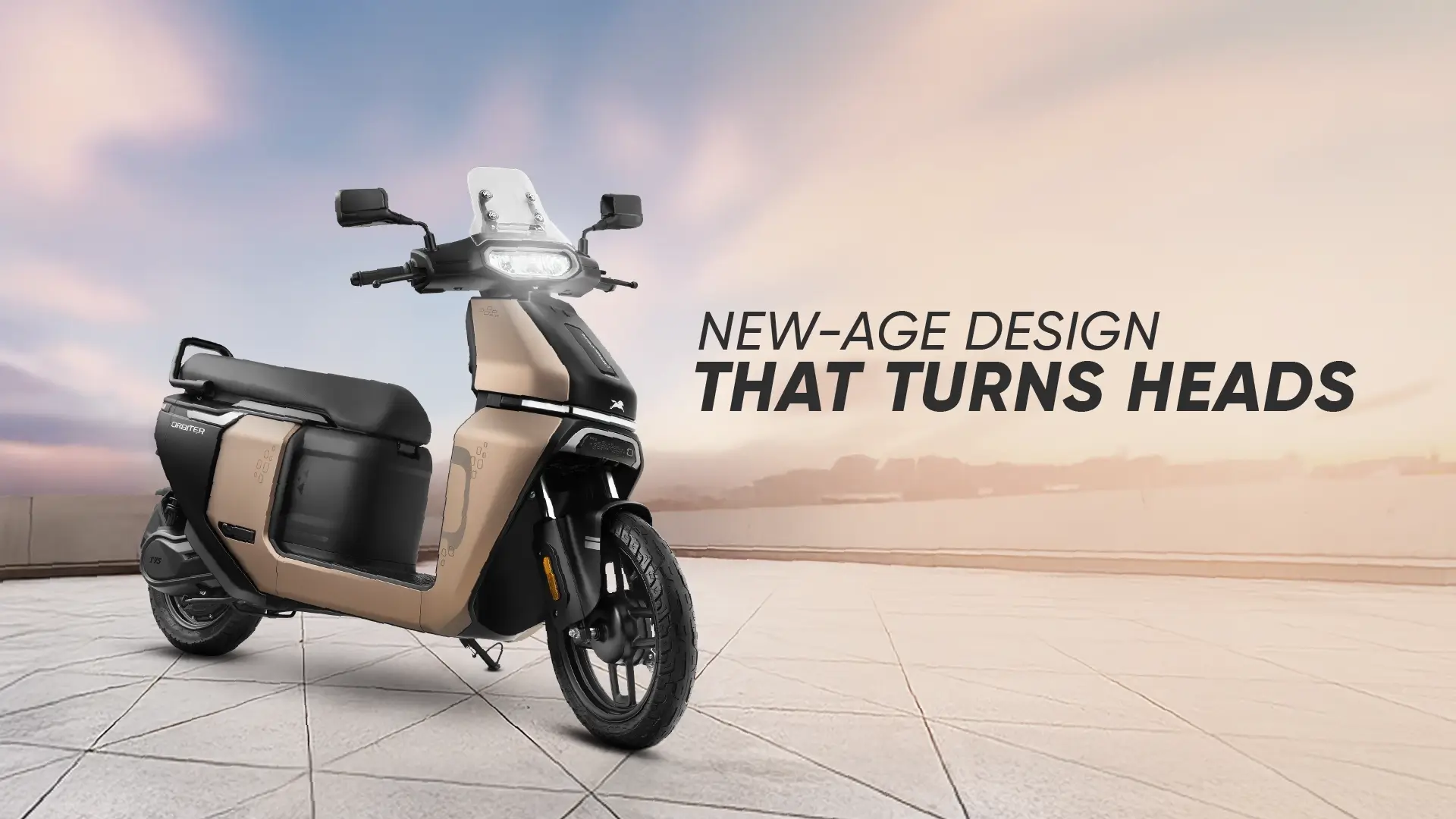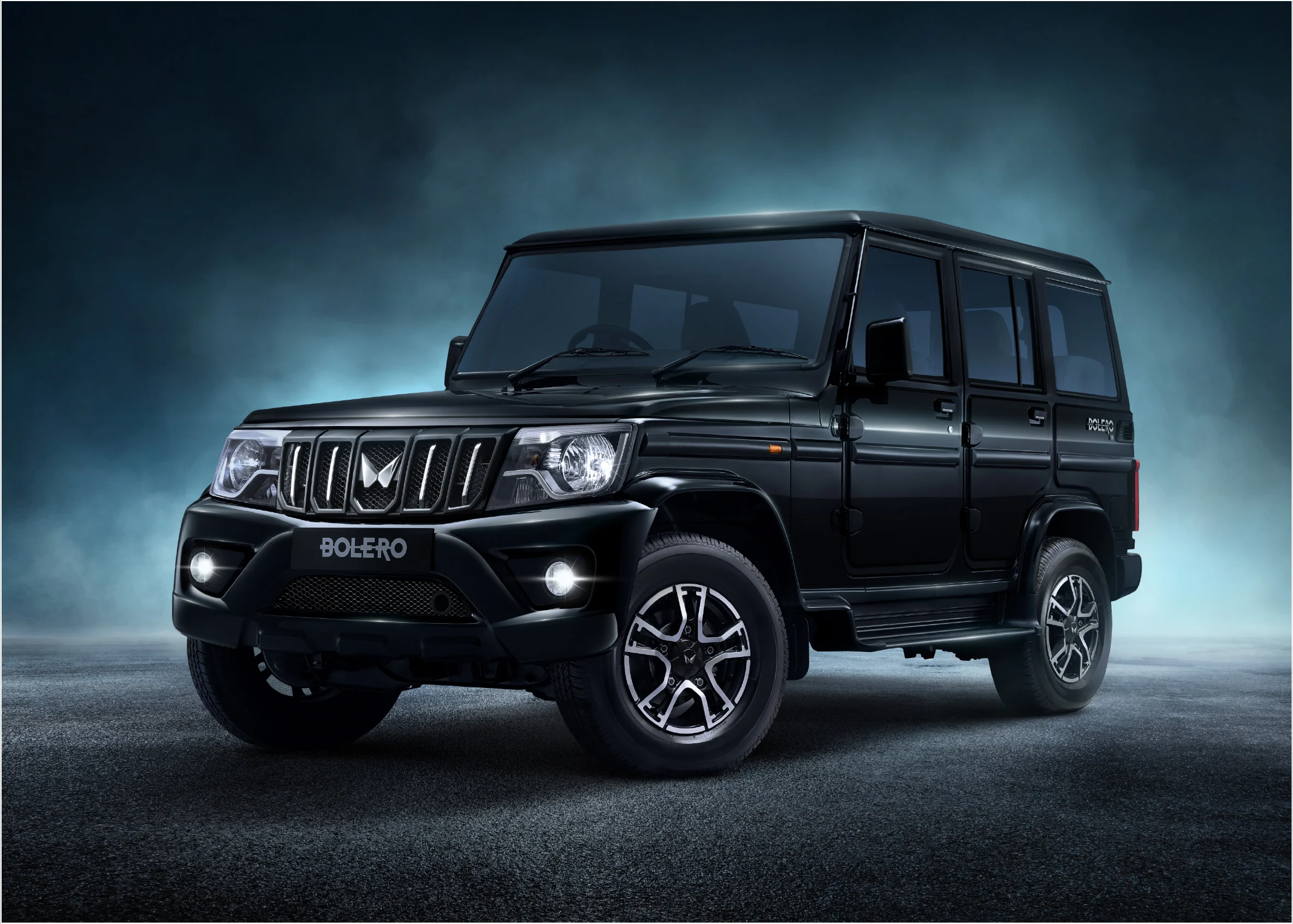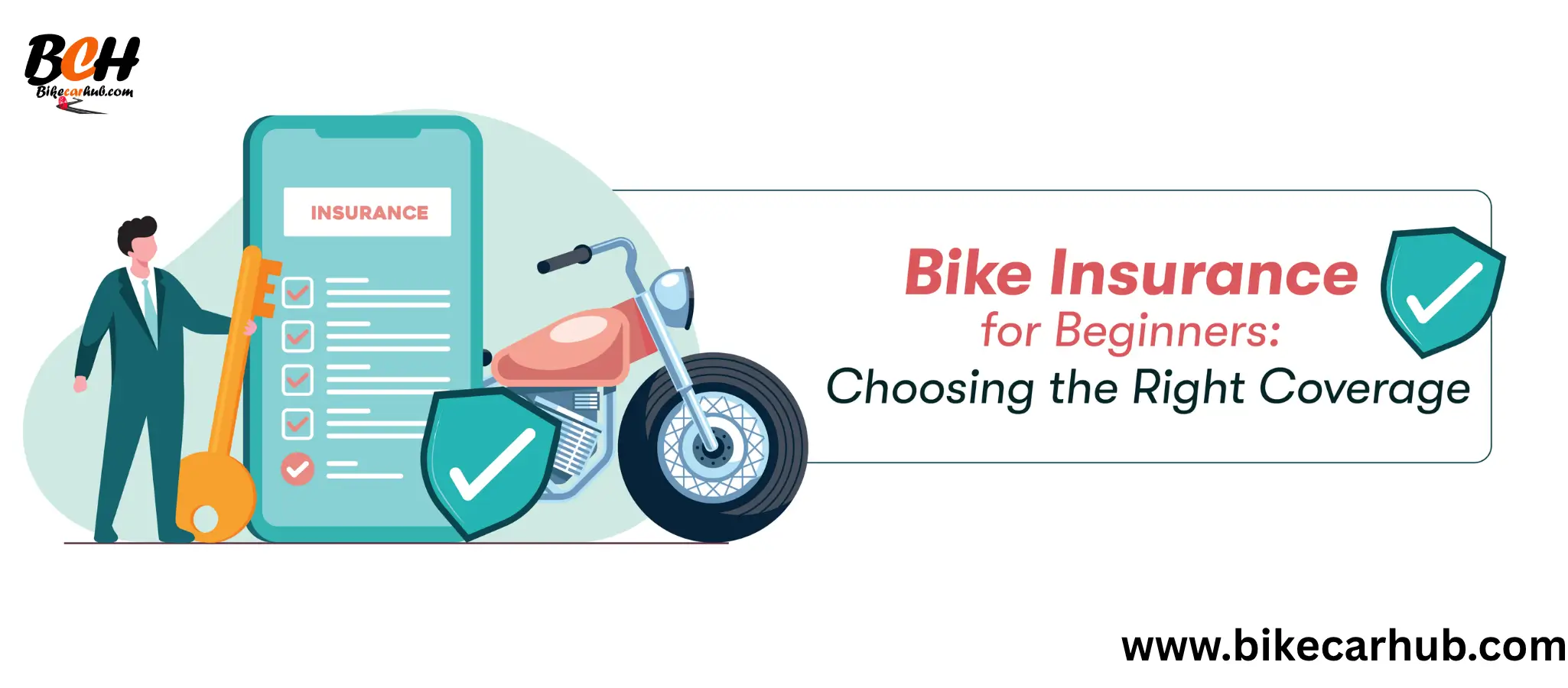EV vs Petrol Bikes: Which One Should You Buy in 2025? | BikeCarHub
.webp)
19 Jun 2025
Written by: BikeCarHub Editorial Team
Published on: 18th June 2025
In 2025, the Indian two-wheeler market is rapidly transforming. With the rise of electric vehicles (EVs), many riders are now wondering whether they should go electric or stick with traditional petrol bikes. While electric bikes offer an eco-friendly alternative, petrol bikes continue to dominate the streets with their range and reliability.
This article by BikeCarHub will help riders understand the key differences between EV bikes and petrol bikes in 2025 and guide them towards making the right purchase decision.
Overview: EV Bikes vs Petrol Bikes — What's the Difference?
EV bikes run on rechargeable batteries and electric motors, providing zero-emission rides with quieter operation. Petrol bikes, on the other hand, use internal combustion engines powered by petrol to generate power and are known for their strong top-end performance.
Both types have unique advantages and limitations. Let's compare them in detail.
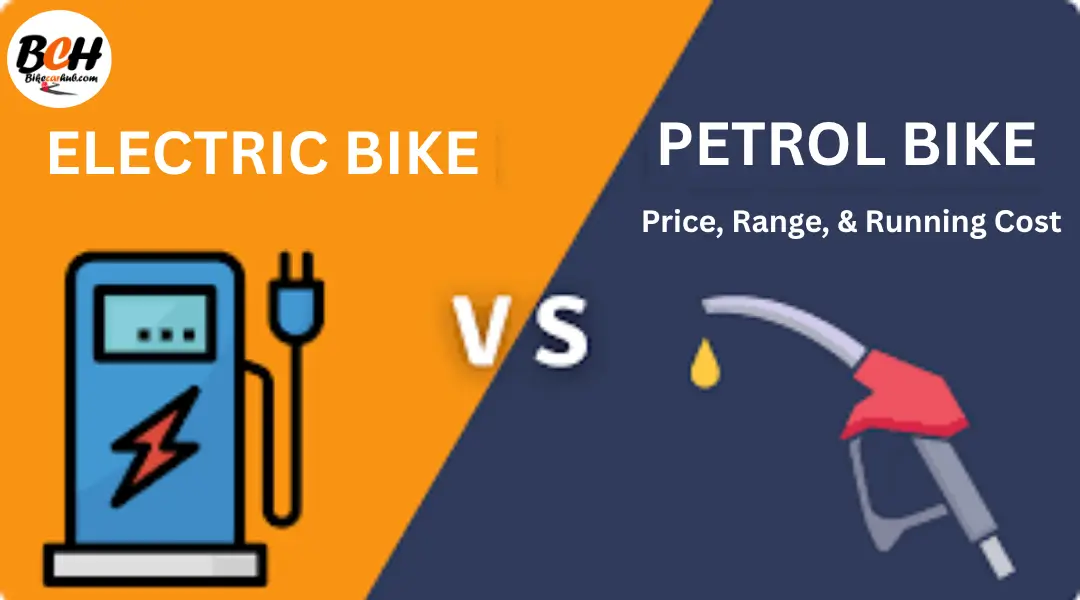
Cost Comparison: EV vs Petrol Bikes in 2025
Initial Buying Cost
EV bikes generally have higher upfront prices because of battery costs and modern technology. Petrol bikes still offer many budget-friendly options starting at lower price points.
Running and Maintenance Cost
EV bikes have lower running costs as electricity is cheaper than petrol. They also have fewer moving parts, reducing maintenance expenses. Petrol bikes, while affordable initially, tend to cost more over time due to regular servicing, oil changes, and rising fuel prices.
Performance Comparison: EV vs Petrol Bikes
Speed and Acceleration
EV bikes offer instant torque and quick pickup, making them excellent for city traffic. However, their top speed is often lower compared to petrol bikes, which perform better on highways.
Range vs Fuel Efficiency
EV bikes can typically cover 80-150 km per charge, depending on the model and battery capacity. Petrol bikes usually offer mileage of 40-70 km per litre, but are easier to refuel quickly at widely available petrol stations.
Convenience and Charging Infrastructure in 2025
Charging infrastructure in India is growing, but EV charging stations are still not as common as petrol pumps. In big cities, charging is becoming easier, but in smaller towns or during long trips, finding charging stations might be challenging.
EV bikes can take anywhere from 3 to 6 hours to fully charge, while petrol bikes can be refueled in minutes. This makes petrol bikes more convenient for riders who travel frequently.
Environmental Impact: EV vs Petrol Bikes
EV bikes are zero-emission vehicles, which means they help reduce air pollution and greenhouse gas emissions. Petrol bikes contribute significantly to environmental pollution and carbon emissions.
Choosing EV bikes can support a cleaner and greener future for India, especially as cities face rising pollution levels.
.webp)
Government Support and Incentives in 2025
In 2025, the Indian government continues to offer strong incentives for EV buyers. These include:
- Subsidies under FAME II
- Lower road taxes
- Exemption from certain registration fees
Petrol bikes, however, face stricter BS6 emission norms and might attract higher taxes in the future.
Resale Value: EV Bikes vs Petrol Bikes
Petrol bikes generally have a well-established resale market. EV bikes, being newer in India, have uncertain resale values, but this is expected to improve as their popularity increases.
Battery health plays a big role in determining the resale value of EV bikes, whereas petrol bikes hold value based on age, mileage, and brand demand.
Ideal User: Which Bike Suits You?
EV Bikes are Best for:
- Daily city commuters
- Short-distance riders (within 80-100 km per day)
- Eco-conscious individuals
- Riders who have easy access to home or office charging stations
Petrol Bikes are Best for:
- Long-distance riders and highway users
- Tourers who require quick refueling
- Riders living in areas with limited EV charging infrastructure
- Performance-focused bikers who prefer high-speed cruising
Detailed Comparison Table: EV vs Petrol Bikes (2025)
| Feature | EV Bikes | Petrol Bikes |
|---|---|---|
| Initial Cost | Higher | Lower (more affordable options) |
| Running Cost | Very Low | High (depends on fuel prices) |
| Maintenance | Minimal | Regular servicing required |
| Speed | Quick pickup, moderate top speed | Consistent power, better top speed |
| Range | 80-150 km per charge | 400-600 km per tank |
| Charging/Refuelling | 3-6 hours charging time | Refuel in minutes |
| Environmental Impact | Zero emissions | Air pollution contributor |
| Government Support | Subsidies, tax benefits | Stricter emission regulations |
| Resale Value | Growing but uncertain | Established resale market |
| Best For | City riders, daily commuters | Long-distance riders, tourers |
Final Recommendation by BikeCarHub
Choosing between an EV bike and a petrol bike in 2025 depends on the rider's lifestyle and needs. EV bikes are a great fit for city riders, daily commuters, and eco-conscious individuals who prefer low maintenance and lower running costs.
Petrol bikes still offer unmatched convenience for long-distance rides, quick refueling, and higher top speeds. Riders who travel frequently or live in areas with limited charging stations might prefer sticking with petrol bikes for now.
BikeCarHub recommends taking a test ride of both types and considering your budget, daily travel distance, and local infrastructure before making the final decision.
If you want to know about "Best 5 Electric Scooters in India with 200+ km Range" click here





